The final step this week was to bead blast each piece to prepare them for a future patina application. Some will be treated with chemical patinas to create a darker aged look, while others will be sealed with satin lacquer to maintain a bright bronze color. The process will be complete when the each piece has finally been mounted on its chosen base.
|
After chasing and re-texturing my castings (see my blog posting for 4/10/14), I had a few repair and attachment issues to deal with before heading down the home stretch with patinas and bases. The cow lost half of its tail and its front left hoof in the casting process. This sometime happens when there are small areas that the bronze has to reach and either the bronze isn't hot enough to flow into them or the flow is interrupted by exiting gases. The spare tail that I made also didn't cast, so I shaped a replacement out of a small piece of gating using my Dremel tools. This was then welded to the half tail remaining on the cow. For the missing hoof, a mound of weld material was built up on the end of the left front leg and then shaped with the Dremel and small files. The next step was to use a tap and die to drill a threaded hole in the short rod on the back of the cow so I can eventually attach it to the base. The casting of the door/man needed one small repair where the center of the window area of the door had failed to cast (see pic in blog entry for 4/10/14). I fashioned a small piece out of scrap gating to bridge the gap that was then welded into place. Then I chased and resurfaced the area to match the rest of the window structure. The stair ball amazingly had just one tread that had a couple of thin spots that needed to be built up with welding material and resurfaced, but the main task was to attach the two end plates (see blog entry for 4/10/14) to complete the form. Once they were attached, the weld areas needed to be chased and re-textured. The final step was to use the tap and die to create a threaded hole for the rod that will hold the piece to its base. The two small seated figures that will be attached to the tops of the wooden clamp (see blog entry for 3/3/14) did not need repairs. I did shorten the length of the attachment pegs (under the seats of the figures) that will be inserted into holes drilled into the tops of the clamp jaws. Once the clamp has been reassembled and mounted on a wooden base, the completed figures will be attached in position with epoxy.
The final step this week was to bead blast each piece to prepare them for a future patina application. Some will be treated with chemical patinas to create a darker aged look, while others will be sealed with satin lacquer to maintain a bright bronze color. The process will be complete when the each piece has finally been mounted on its chosen base.
0 Comments
...then came the elbow grease! (See blog entry for 3/27/14.) The process of extricating the cast bronze pieces from the investment molds took about an hour of chopping, chipping and pounding. First I had to use a hatchet to make a shallow cut down the length of each mold to cut through the cylinder of chicken wire. Then I used a wooden wedge and hammer to force the mold open and break apart the investment material. (Wooden wedges are used so that the surface of the bronze is not inadvertently cut or scarred by a metal tool.) After filling a 30 gallon trash bin with the bulk of the mold debris, I spent the next 3 hours tackling the first stage of preparing the bronzes for finishing. I set up an angle grinder with a cutting wheel and began the process of removing the gating from the cast pieces. I started with the smaller pieces because the gating was more open and easier to access with the cutting wheel. Then I tackled the stair ball which had more attachment points and heavier gating. (See blog entry for 10/27/13.) I was able to remove all of the gating except the part of the main gate that was held in place by the remaining investment inside the center of the ball form. I used a drill with a long bit, in combination with hammer and chisels, to loosen the investment material around the gate. Once the imbedded gate was removed, I chipped and drilled out as much as I could of the rest of the investment material. Over the next few days I used the angle grinder to take down the raised points of attachment from the gating on each piece. After cleaning off the exterior surfaces of the bronzes with a brass wire brush wheeI drill attachment, I used my Dremel sanding barrel and polishing brush attachments to further reduce and blend out the attachment points. I used a hammer and a couple of small cold chisels to remove surface irregularities (bronze "air bubbles", flashing, etc). Once I had the gating attachment points and surface issues smoothed out, I undertook to resurface those those areas with textures that would visually blend into the surrounding surfaces. For the re-texturing, I held varying grits of sandpaper (40, 60, & 80) over the smooth spots and then used a hammer to imprint the grit texture into the bronze. I also continued to work on removing the remnants of investment that were stuck in the nooks and crannies of the interior of the stair ball form. (I will use the bead blaster to do the final clean out.) The next step will be to do some welding to attach the two end plates to the stair ball form and to attend to various small repairs. Stay tuned! *Note: For additional background info see my blog entries for 3/15/14, 3/3/14, 11/28/12, & 9/11/12. |
AuthorCynthia Smith, Maine artist, originally from Connecticut. Taught art at secondary level for 35 years, retired in 2004. Sculpts in bronze, wood, stone, clay & plaster. Her work can be seen at several mid-coast Maine galleries and shows. Archives
June 2023
|
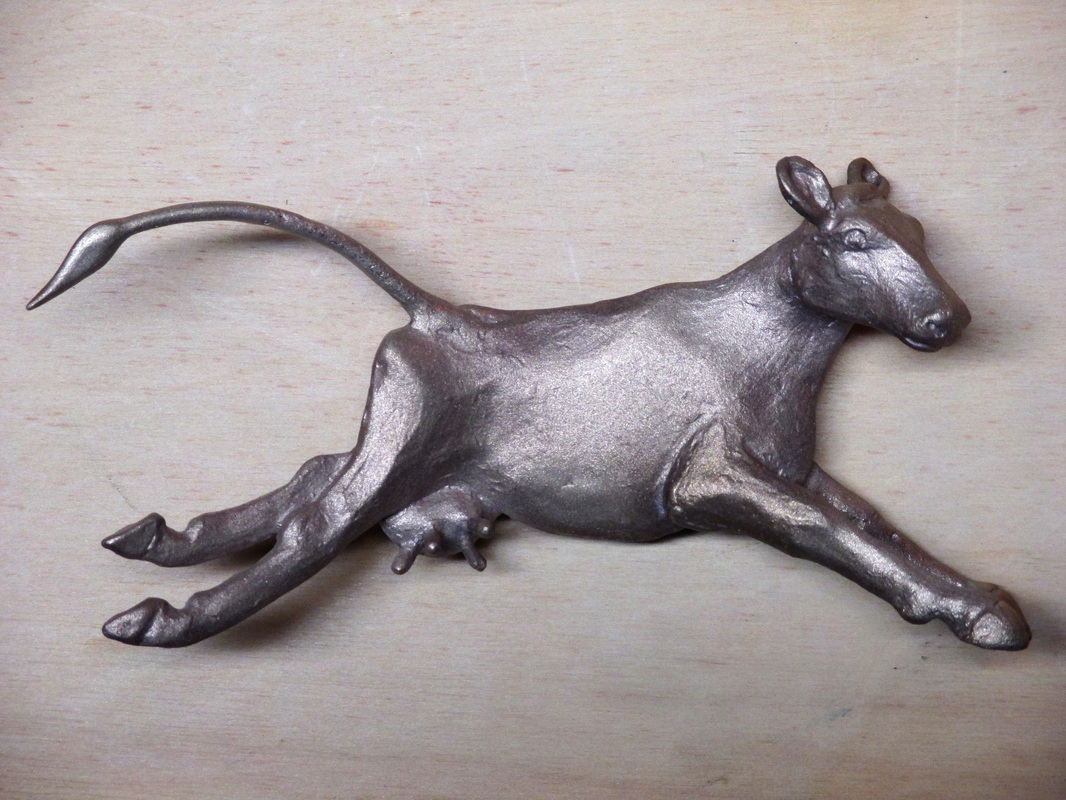
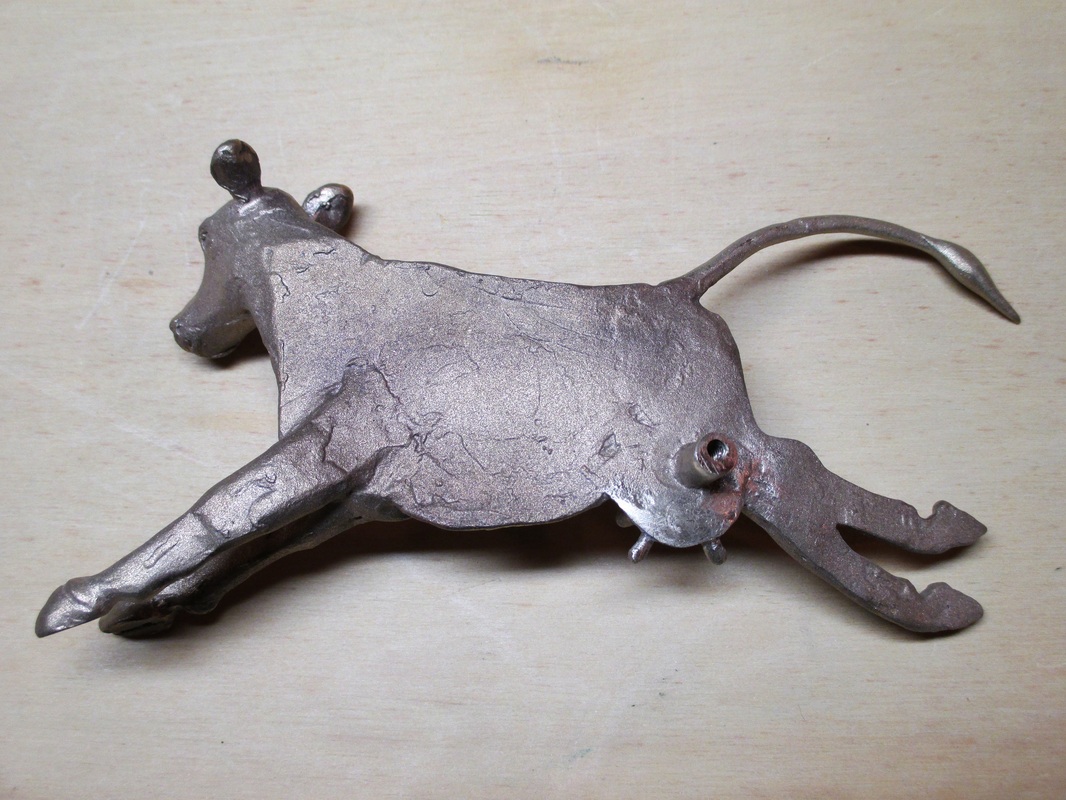
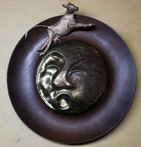
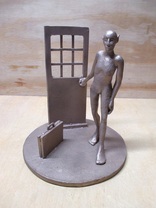
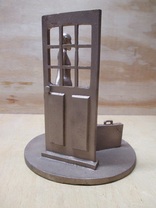
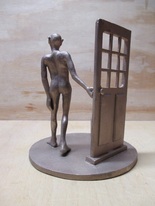
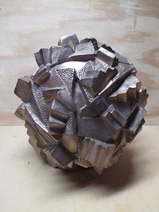
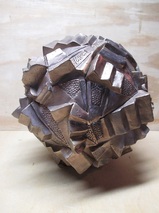
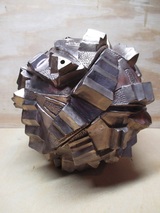
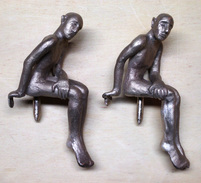

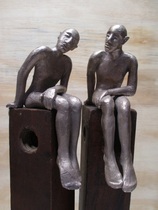
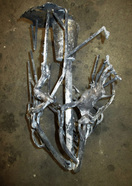
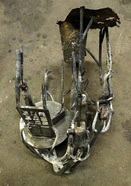
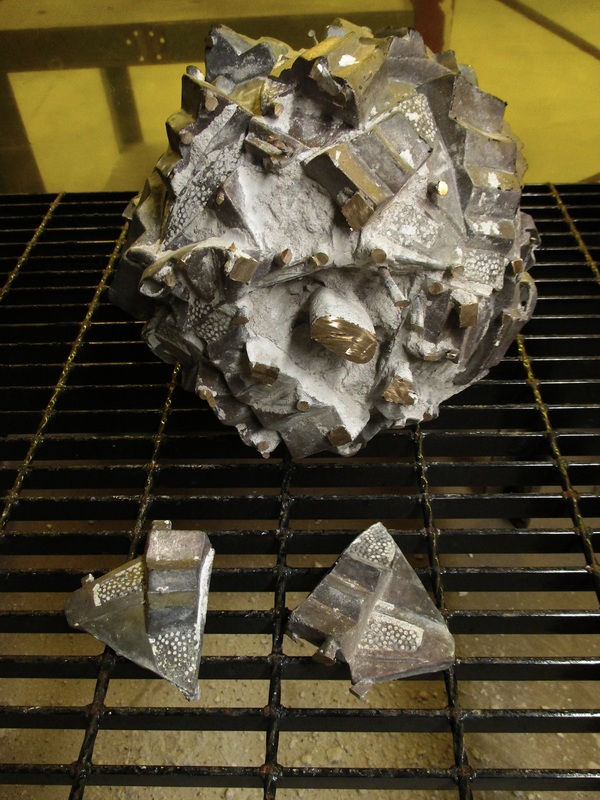
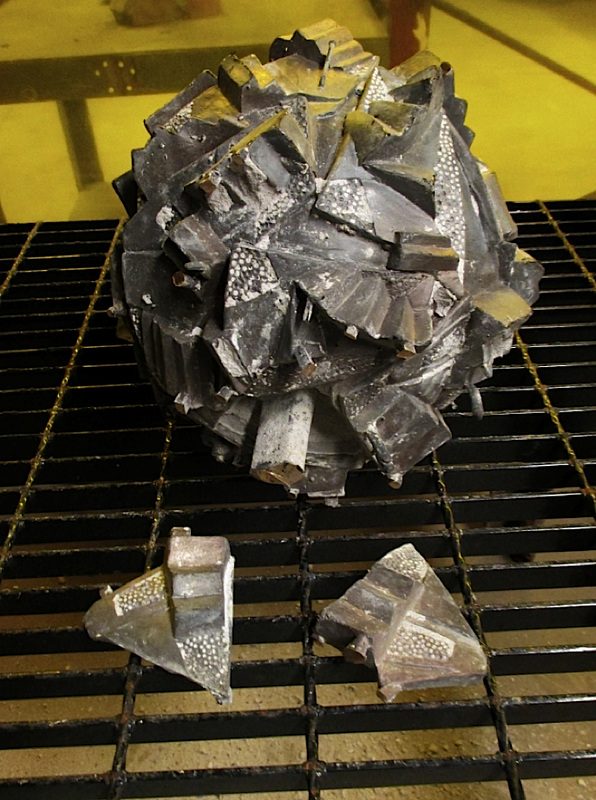
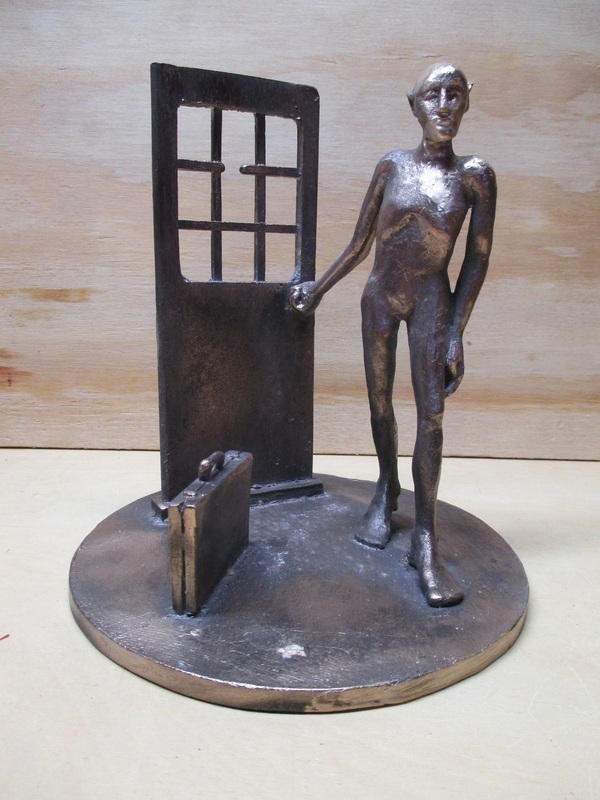

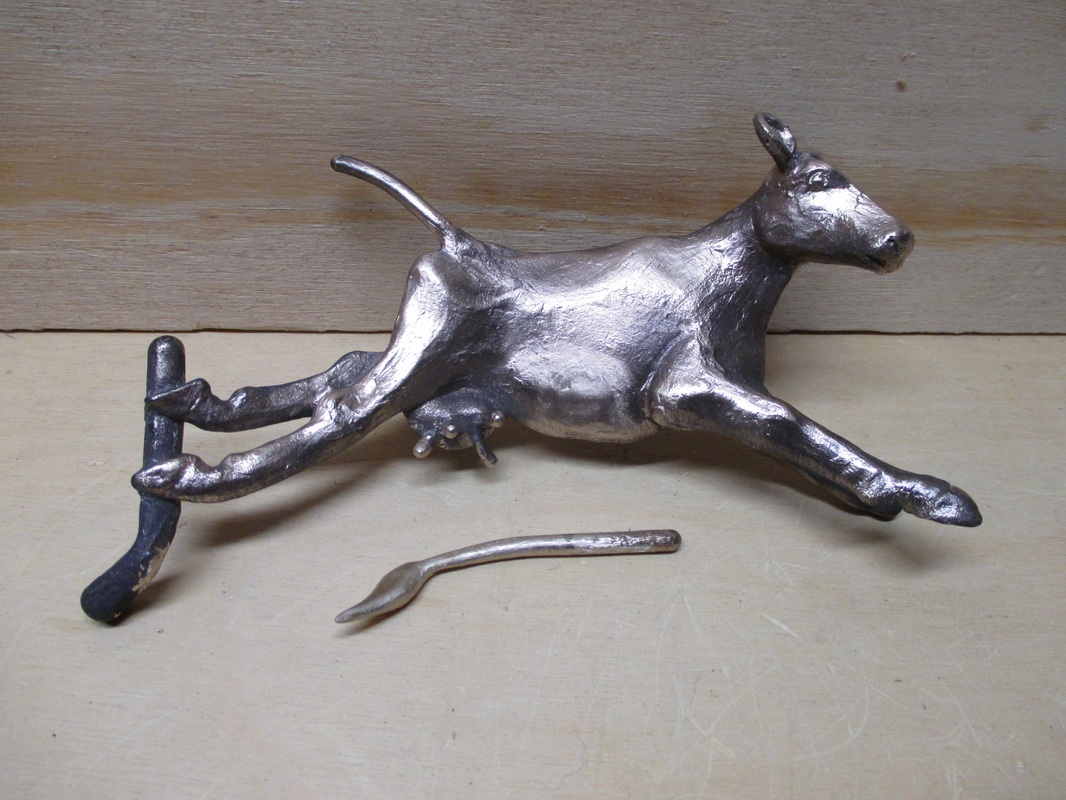
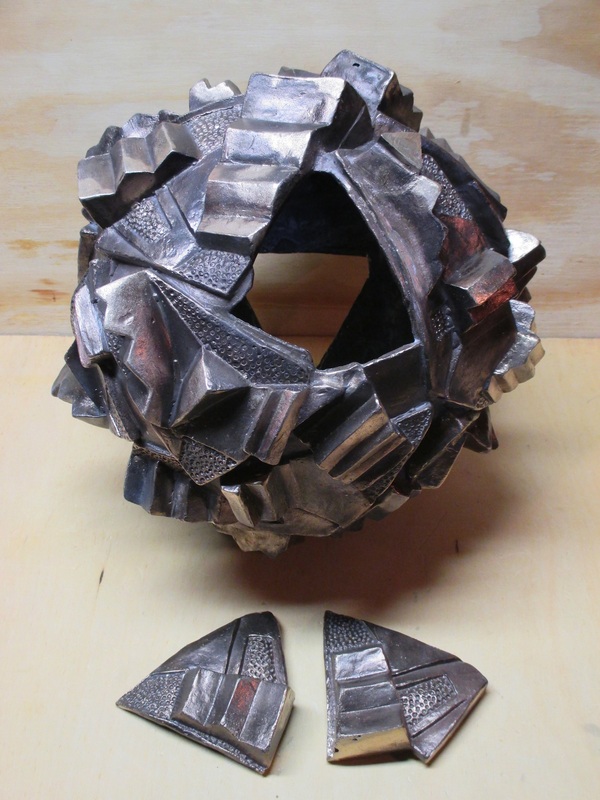
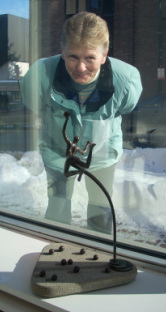
 RSS Feed
RSS Feed